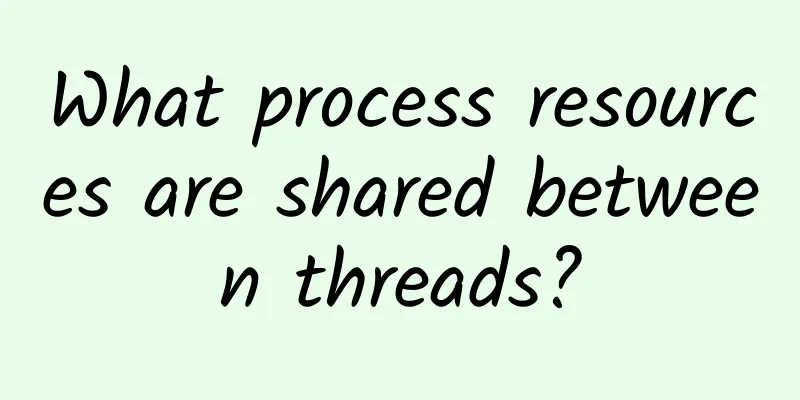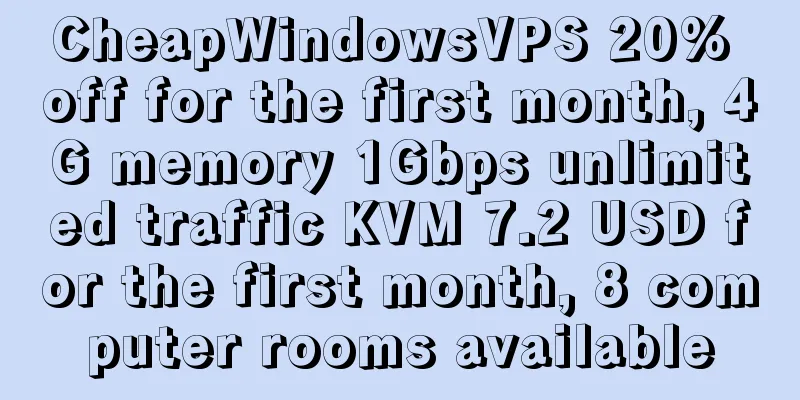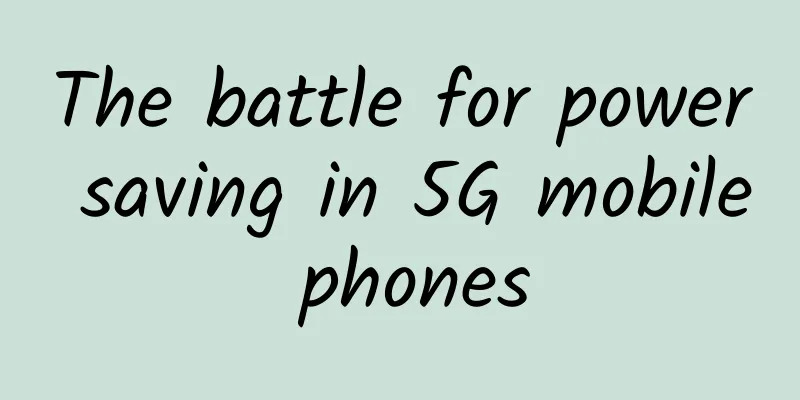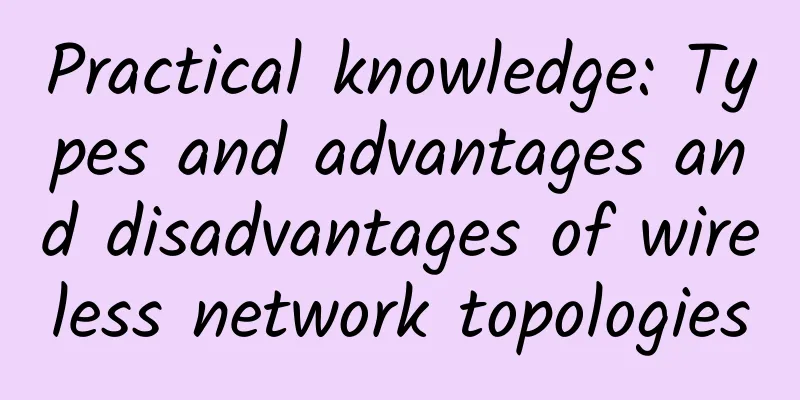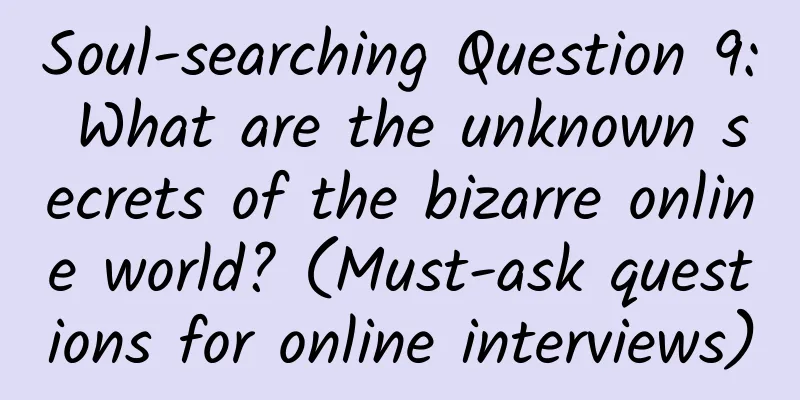IoT Observation: Seven benefits of LoRaWAN technology application in one article
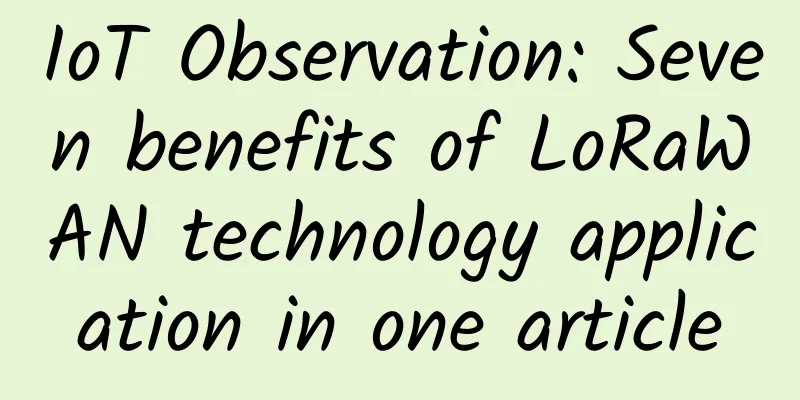
|
IoT connection environment In addition to smart home networking and office space scenarios, many IoT device connection communications will be carried out in remote environments. In the new environment, due to the limited coverage of M2M transmission, this will lead to inaccessibility and the need for power connection. In view of this, the widespread adoption of LPWA solutions - LoRAWAN and 3GPP (LTE Cat M1 and Cat NB1) open standards will specifically provide comprehensive solution support for the obstacles encountered in these IoT connection processes.
LoRa and LoRaWAN Explained LoRaWAN is a popular and widely deployed LPWA communications standard that uses unlicensed radio spectrum in the ISM (Industrial, Scientific, Medical) band at frequencies around 900MHz or 430Mhz (the exact frequency varies around the world). Using unlicensed spectrum means that companies can easily roll out networks and provide private networks for enterprises. LoRaWAN defines the communication protocol and system architecture of the network, while LoRa describes the radio layer. LoRa uses Chirp Spread Spectrum (CSS) modulation, which is both energy-efficient and provides a longer range than traditional alternatives. CSS has been used in military and space communications for decades due to its range and robustness to interference, but LoRa is the first low-cost implementation available for commercial use. A LoRa network has a star layout with hundreds or thousands of devices communicating bidirectionally with a gateway connected to a core network and ultimately the internet. Signals from a single sensor or device are received by all gateways within range, which improves reliability and opens up the possibility of location-based services. The network uses a sophisticated "adaptive data rate" algorithm to fine-tune communications between each device and gateway to minimize power consumption and maximize reliability. What are the benefits of choosing LoRaWAN Coverage With CSS and ADR, devices can communicate with gateways up to 15 km in open areas and up to 5 km in cities, meaning a single gateway can cover all devices around 700 square kilometers. Coverage also extends indoors, reaching service ducts in basements or below street level. 1. Low power consumption and long service life Low power consumption and low peak current demand, LoRaWAN data transmission and reception requires low current (less than 50 mA), which greatly reduces the power consumption of the device. A single charge can extend the service life of the device to ten years, greatly reducing support and maintenance costs. 2. Cost savings Wide coverage and relatively low gateway costs significantly reduce the cost of LoRaWAN network deployment. For devices, communication modules are priced in the $10 range, and unlicensed spectrum means the cost of connectivity is only $1/year. 3. Location Services Since the signal from a particular device can be received by multiple gateways, the location of the device can be calculated based on the signal strength and/or signal arrival time of each base station, thereby enabling network-based location services that can be used to track or geo-fence devices. 4. Deep penetration LoRa radio modulation allows for deep indoor penetration and the added ability to reach sensors such as water or gas meters located underground. 5. No frequency license required The LoRaWAN network is deployed on the free ISM band (EU 868, AS 923, US 915 Mhz), allowing any service provider or company to deploy and operate a LoRaWAN network without obtaining a license for any frequency. 6. Rapid construction and commercial use The LoRaWAN open standard combined with no-cost operating frequencies and low-cost base stations enables operators to roll out networks in just a few months with minimal investment. Two-way communication Fully two-way communication supports a wide range of use cases requiring both uplink and downlink: for example, street lighting, smart irrigation, energy optimization or home automation. 7. One-stop management LoRaWAN networks support multiple vertical solutions, allowing service providers to use one platform and standard to manage various use cases such as smart buildings, precision agriculture, smart metering or smart cities. Differences between LoRaWAN and 3GPP technologies For many requirements, LPWAN requires minimum cost and maximum power. In real-world use cases (about 20 messages/day), LoRAWAN's power consumption is 5 times better than LTE Cat NB1. The required peak current is reduced by 10 times - equivalent to an order of magnitude reduction in battery size and a decade longer service life. Another major difference between LoRaWAN and 3GPP is the use of unlicensed spectrum. LoRaWAN allows for easy deployment of "campus" networks (smart cities, smart buildings, smart airports, smart factories) with thousands of devices in a small area. Enterprise networks can be completely under the control of the customer and data remains end-to-end encrypted. |
<<: When you "ping", do you know the logic behind it?
>>: HTTP also has long and short connections? HTTP long connection vs. short connection
Recommend
Three major operators rush to climb Mount Everest to support 5G
Good news comes from Mount Everest one after anot...
RAKsmart server flash sale $30/month, cloud server 30% off, cluster server/high bandwidth server continue to sell well
RAKsmart has also launched the most important 11....
Do you really understand the connection control in Dubbo?
[[422543]] This article is reprinted from the WeC...
A network administrator's self-cultivation: TCP protocol
Today, let’s continue with the network administra...
The legend of network protocols (Part 2): TCP emerges
This section will formally enter the content of n...
Five pictures to solve FTP
FTP Principle and Configuration FTP is a protocol...
SF Express's Liu Zhixin: Artificial intelligence helps logistics upgrade
[51CTO.com original article] On July 21-22, 2017,...
[11.11] TmhHost 30% off, Los Angeles CN2/Japan Softbank/Hong Kong CN2 monthly payment starts from 21 yuan
TmhHost has launched this year's Double 11 pr...
5G is more complex than you think
In the future, 5G networks are developing in the ...
Guava RateLimiter: A practical guide to efficient flow control
background With the rapid development of the Inte...
Smart trash cans offer hidden 5G infrastructure
Alpha Wireless partners with smart waste company ...
DediPath: Memorial Day promotion 1Gbps unlimited traffic server from $31.95/month, VPS hosting from $1.75/month
DediPath has launched a Memorial Day promotion, o...
Evoxt: $2.99/month-512MB/5GB/250GB/Hong Kong & Malaysia & Germany & UK & US data centers
This is the first time that Evoxt has been shared...
